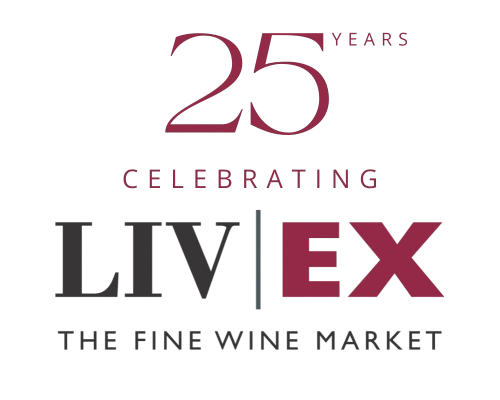As we showed in a previous post, fine wine prices have increased substantially over the past two decades, showing an average compound annual growth rate (CAGR) of 12.6%. So, how does fine wine perform as an asset and how does this performance compare with that of other major asset classes?
The best investments are those that combine both high returns and low volatility (thereby minimising risk). When considering alternative investment, such as wine, it is also important that the asset demonstrates limited correlation with mainstream assets, if it is going to act as a useful portfolio diversification tool.
In order to test this, we looked at a number of popular investments – equities, property and gold – and analysed their performance using the criteria above. We then compared this to the same measures in relation to the Liv-ex 100 Fine Wine Index. Each of our asset classes is represented by an accepted benchmark – the FTSE 100 Index, the Halifax House Price Index, and the London PM Gold Fix, respectively – all priced in GBP.
We measured returns by comparing the CAGR of all four assets classes since January 1988. Volatility was compared by looking at each series’ annualised standard deviation over the same period. We then used this data to analyse the correlation shown by equities, property and gold with wine.
As you can see in the table below, wine shows the highest CAGR of all the assets listed, at more than twice the level of its nearest competitor, property. It also shows the second lowest volatility, behind only property. Moreover, wine shows a tiny positive correlation with equities over our 20 year period, and a similarly small negative correlation with property and gold.
It is worth noting, however, that the stated CAGR for the FTSE 100 Index does not take account of the income from dividends, and the house price index the income from rent. Similarly, the cost of upkeep (for property) and storage (for gold and wine) should be equated when looking at potential returns. High potential transaction costs, particularly for property and wine, should also be considered.
Nevertheless, these results clearly show that wine has been an extremely worthwhile investment in recent decades: showing excellent growth, low volatility and limited correlation with mainstream assets. As with all alternative investments, however, wine should only constitute a small part of any investment portfolio.

